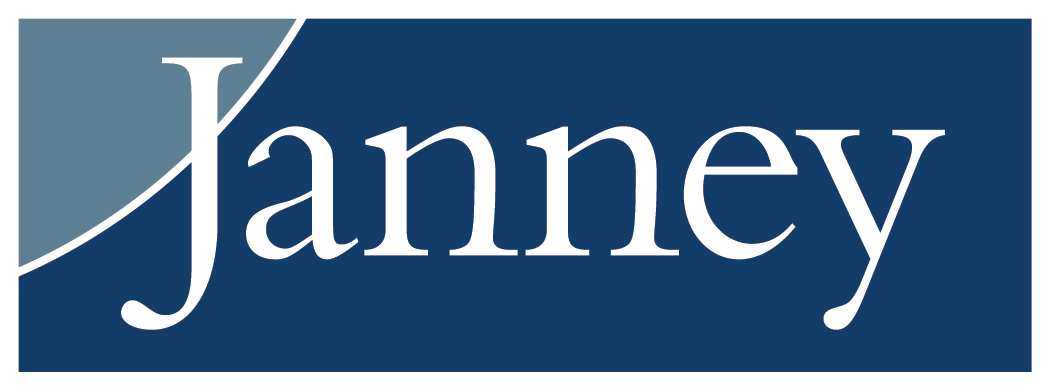The IRS offers tax-advantaged savings programs to encourage employers and employees to participate in the retirement savings process. Retirement savings plans, such as defined benefit plans and defined contribution plans, along with the Social Security program, constitute a significant part of an individual’s retirement income sources. Specific tax credit programs, described below, offer a leg up to those who are shrewd enough to utilize them.
Participant Tax Credit
The Saver’s Credit (the “retirement savings contribution credit”) is a rarely used, but highly beneficial tax credit that is offered by the IRS to encourage low and moderate income workers to make retirement contributions to any IRS recognized retirement account. In fact, only about 12% of eligible tax payers claim this tax credit. It is easy to take the credit by simply completing IRS Form 8880.
The maximum contribution amount that may qualify for the credit is $2,000 ($4,000 if married filing jointly), making the maximum credit $1,000 ($2,000 if married filing jointly). Use the chart below to calculate your credit.
2023 Retirement Savings Contributions Credit:
| Credit Rate | Married Filing Jointly | Head of Household | All Other Filers* |
| 50% of your contribution | AGI not more than $43,000 | AGI not more than $32,625 | AGI not more than $21,750 |
| 20% of your contribution | $43,501 – $47,500 | $32,626 – $35,625 | $21,751 – $23,750 |
| 10% of your contribution | $47,501 – $73,000 | $35,626 – $54,750 | $23,751 – $36,500 |
| 0% of your contribution | more than $73,000 | more than $54,750 | more than $36,500 |
* Single, married filling separately, or qualified widow(er).
Source:
https://www.irs.gov/retirement-plans/plan-participant-employee/retirement-savings-contributions-savers-credit
Company Tax Credit
Start-up costs associated with establishing a retirement plan can be a challenge for small businesses who want to offer this benefit to their employees. The “Credit for Small Employer Pension Plan Startup Costs” (IRS Form 8881) has been augmented thanks t
A small employer is eligible to claim the credit if they meet several criteria, including:
- 100 or fewer employees who received at least $5,000 in compensation for the preceding year.
- At least one plan participant who is considered a non-highly compensated employee.
- Offer new plans (it is not available if the employer offered a prior plan, including a SIMPLE plan, in the three tax years before the first year of eligibility for the credit).
The tax credit provides the following benefits:
- Covers up to 100% of qualified plan costs.
- Amount of the annual credit equals the greater of $500 or $250 per non-highly compensated employee covered by the plan.
- Maximum annual credit is $5,000.
- Credit can be claimed in each of the first three years of the plan and can be carried back or forward to other tax year ($15,000 maximum total for those doing the math).
- Additional $500 credit can be claimed if the plan selects an automatic contribution arrangement (like auto-enroll) in the plan document. This can be claimed over the first three years of the plan, and also applies to existing plan adopting this feature in 2020 or later.
Start-up tax credit modifications:
- Small employers with 50 or fewer employees may apply 100% of the qualified start up costs towards the tax credit formula (up to $5,000 per year) for three years.
- Employers with 51-100 employees may apply 50% of the qualified start up costs towards the tax credit formula (up to $5,000 per year) for three years.
Example (NHCE = Non-Highly Compensated Employee):
| Step | Description | 2023 | 2022 |
| 1 | NHCE’s Eligible for the Plan | 37 | 37 |
| 2 | NHCE’s x $250 each | $9,250 | $9,250 |
| 3 | Maximum Credit (lesser of $5,000 or step 2) | $5,000 | $5,000 |
| 4 | Actual Plan Expenses (includes plan doc fee year 1) | $4,750 | $4,750 |
| 5 | Available Credit (subject to minimum of $500 and max step 3) | $4,750 | $2,375 |
Start-up plans offering employer contributions:
Effective in 2023, small employers can also enjoy a tax credit equal to the following percentage of employer contributions, capped at a maximum of $1,000 per employee for 5 years:
— 1st and 2nd year: 100%
— 3rd year: 75%
— 4th year: 50%
— 5th year: 25%
- Employers with 51-100 employees: the credit is phased out by reducing the credit amount by 2% each year for each employee in excess of 50.
- Contributions for employees with wages in excess of $100,000 (inflation adjusted) do not qualify for the credit.
Note that a tax credit is more favorable than a tax deduction. A deduction lowers taxable income, while a credit is actually deducted from the taxes owed. As always, please consult your tax professional to see if you can take advantage of this tax benefit.
Working With Janney
Depending on your financial needs and personal preferences, you may opt to engage in a brokerage relationship, an advisory relationship or a combination of both. Each time you open an account, we will make recommendations on which type of relationship is in your best interest based on the information you provide when you complete or update your client profile.
When you engage in an advisory relationship, you will pay an asset-based fee which encompasses, among other things, a defined investment strategy, ongoing monitoring, and performance reporting. Your Financial Advisor will serve in a fiduciary capacity for your advisory accounts.
For more information about Janney, please see Janney’s Relationship Summary (Form CRS) on www.janney.com/crs which details all material facts about the scope and terms of our relationship with you and any potential conflicts of interest.
By establishing a relationship with us, we can build a tailored financial plan and make recommendations about solutions that are aligned with your best interest and unique needs, goals, and preferences.
Contact us today to discuss how we can put a plan in place designed to help you reach your financial goals.
About the author

Related Articles
-
Financial Planning
10 Key Changes to the SECURE 2.0 Act
Saving for retirement is getting easier in 2024 thanks to SECURE 2.0. Here, we outline highlights... -
Business Planning
Secure 2.0 Act: What Plan Sponsors Need to Know in 2024
An array of new provisions under the SECURE 2.0 Act are on tap this year that are expected to pro... -
Retirement Planning
Consider a Backdoor Roth if You Make Too Much to Contribute to a Roth IRA
While the tax advantages of a Roth IRA can be very enticing, it has income limits that may exclud...





